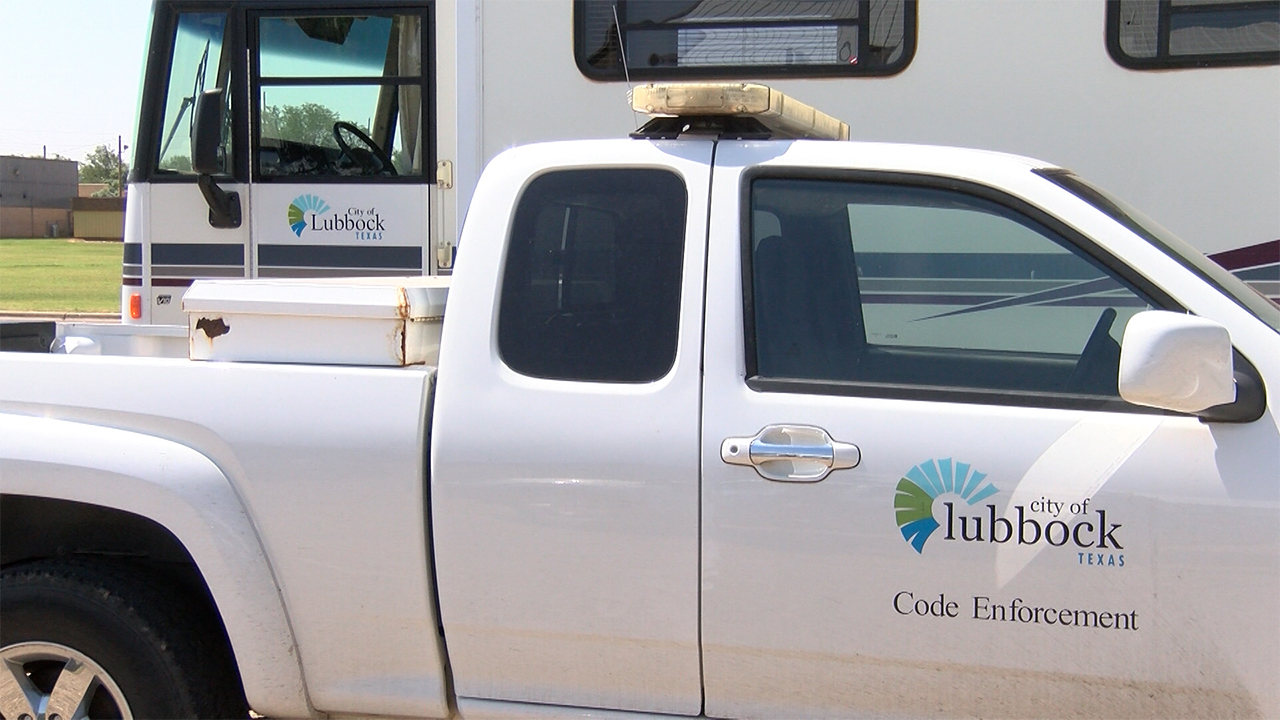Most people try to steer clear of the flu, but Spencer Fox is fascinated by it.
Fox is getting his Ph.D. at the University of Texas at Austin, where he is tracking both pandemic and seasonal influenza numbers.
The Centers for Disease Control releases its data every one to two weeks, and Fox uses code to crunch the numbers.
“What we’re trying to do is harness digital health data to try and supplement those epidemiological reports so that we can predict into the future what they’ll be,” Fox said.
According to a report released Feb. 2 by the Texas Department of State Health Services, 2,897 Texans with pneumonia or the flu died between Oct. 1, 2017 and Jan. 31, 2018. Among those, 2,271 were people ages 65 and older.
“We do expect the number of flu deaths to increase,” DSHS spokesperson Lara Anton said, explaining that the numbers compiled by the state and the CDC are usually lower than the actual number because of normal delays in reporting.
Anton said the data comes in batches, not case-by-case, so that creates challenges in tracking the true number of deaths.
“We don’t know if we’ve reached the peak of flu season yet,” she explained. “Flu seasons peak at different times.”
Fox and his team even turn to social media to take a look at who is talking about different ailments.
“There’s a lot of groups mining twitter data, so people tweeting, ‘Oh I’ve got the flu,’ or ‘Oh, I’m coughing,’ or, ‘I hate sneezing,’ you know, things like that — and our group is working to integrate all of these digital data sources to predict flu into the future,” Fox mentioned.
He said his team’s work helps officials determine where to focus certain resources if need be.
“The CDC has a limited amount of money and when they are trying to start public health campaigns, so vaccination campaigns, distributing anti-virals, they need to have an understanding of where to send those supplies,” Fox added. “So, if we can you know regionally find hot spots of flu transmissions that are going to be a few weeks down the road then they can properly allocate those resources.”
“The issue with what we do is when we do it right, we’re never right,” he explained. “Because, if we predict that Texas is going to see a lot of cases in three to four weeks, resources will be allocated to have public health campaigns to get people vaccinated or to distribute anti-virals or to tell people to stay home, schools will close down and we won’t see that many cases because it’ll prevent that epidemic that we predicted.”
Anton said the best way to gauge the numbers is retroactively, when flu season is over. DSHS encourages all Texans to get vaccinated, as there are several months remaining in the traditional flu season, which generally runs from late September through late April.
For more information from the state about influenza, visit DSHS.Texas.gov.



























